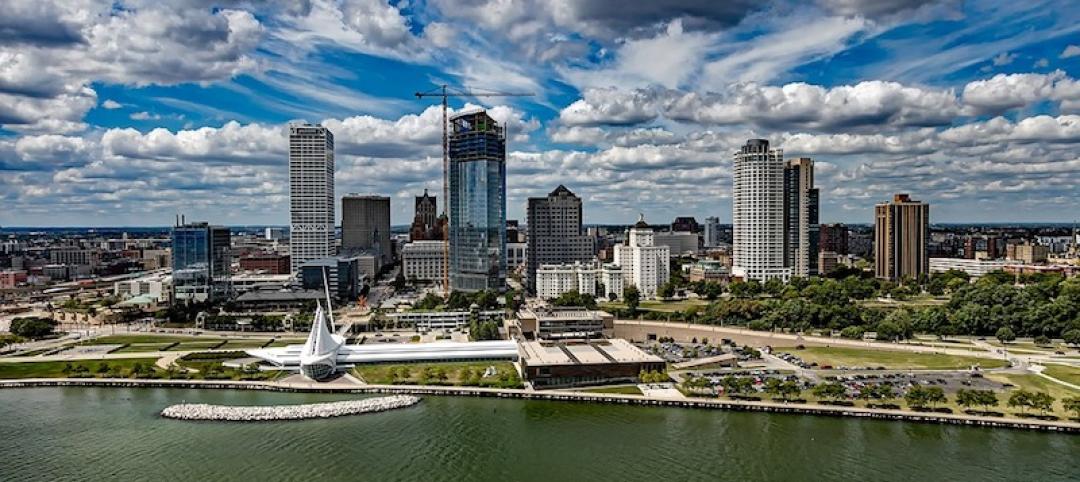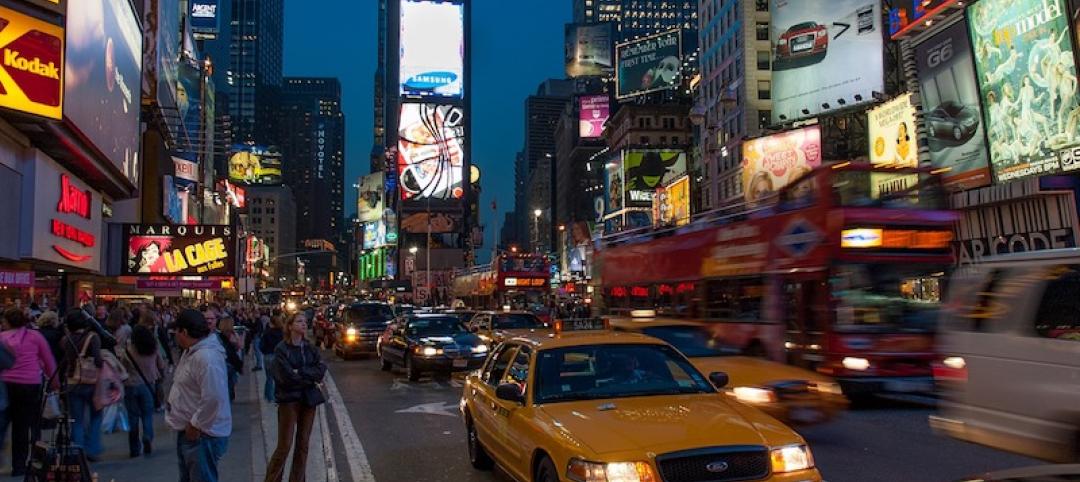The “15-minute city” concept, sprung from academia, is gaining influence in many cities. The model aims to create neighborhoods in which almost all residents’ needs can be met within 15 minutes of their homes on foot, by bike, or on public transit.
Under this vision, all urban dwellers would have welcoming streetscapes, parks, and plazas, along with easy access to necessities such as groceries, close by their homes. It is an old concept—cities evolved along those lines before the automobile.
In Paris, where the mayor has fully embraced the concept, many neighborhoods already display the traits of a 15-minute city. But, some working-class neighborhoods lack necessary amenities such as grocery stores, sports centers, and clinics, and those are the areas where most of the transformative work has to be done.
One response has been the remodeling of 41 Parisian school grounds that were planted with trees and soft, rain-absorbent surfaces to help battle summer heat. The yards are available after school for use as public gardens or sports grounds. Cars were banned or severely limited in surrounding streets, and trees and benches have been added in the streetscape.
It would be far more difficult to make such a transformation in younger, sprawling cities found in North America or Australia, where cars are the dominant form of transportation.
Related Stories
Codes and Standards | Feb 12, 2019
Property technology adoption accelerates in commercial real estate industry
New business models create disintermediation.
Codes and Standards | Feb 11, 2019
Investing in downtowns pays off for cities, regions
Benefits include driving tax revenue, business activity, and smart development.
Codes and Standards | Feb 8, 2019
Oslo, Norway’s downtown goes virtually car-free
Parking spots converted to bike lanes, transit is fast and easy.
Codes and Standards | Feb 7, 2019
New North Carolina energy code has extensive lighting control requirements
Includes automatic shut offs for buildings of all sizes.
Codes and Standards | Feb 6, 2019
Solar carports can help with California’s Title 24 mandates
Can be combined with virtual net-metering software and tax-enabled financing.
Codes and Standards | Feb 5, 2019
Milwaukee board approves rezoning for Western Hemisphere’s tallest mass timber building
Mixed-use tower would rise 21 stories high.
Codes and Standards | Feb 1, 2019
Mass. governor proposes real estate transfer fee hike for climate resiliency projects
Opposed by real estate and trade groups, plan could generate $1 billion in next decade.
Codes and Standards | Jan 31, 2019
New York City will reform construction bid process
Streamlined process intended to improve efficiency, reduce hassle for bidders.
Codes and Standards | Jan 30, 2019
New AGC program aims to diversify construction workforce
More diversity needed to keep pace with demand for workers.
Codes and Standards | Jan 29, 2019
Registration now open for LEED v4.1 for New Construction and Interior Spaces
Emphasizes human health and integrative building design.

















